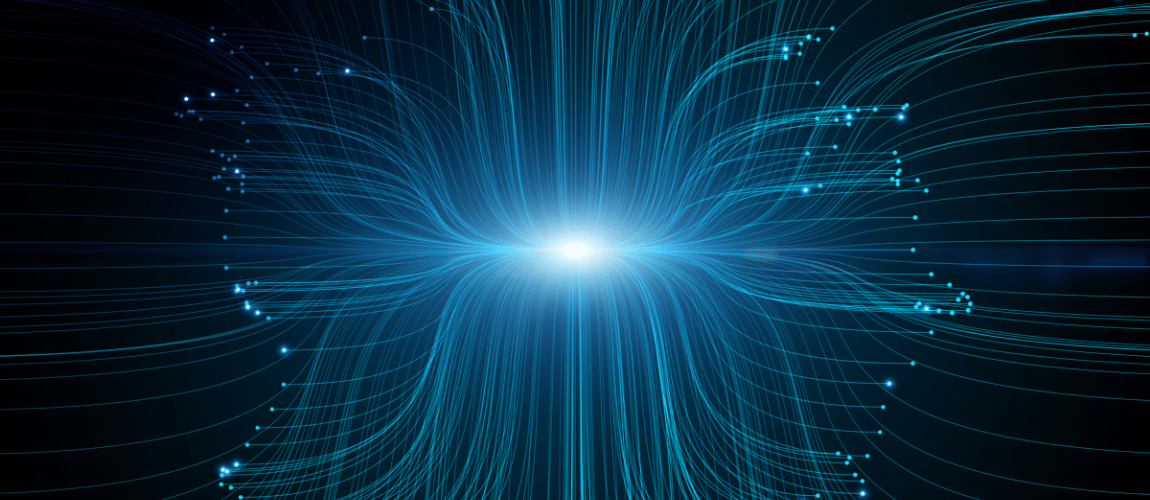The definition of the term “Internet of Things” (IoT) evolves over time. The Internet of Things can be currently described as a system/network of interconnected physical objects that are embedded with sensors, software and other technologies. All of which have unique identifiers (UID) to access or exchange data over the internet, without any human-to-human or human-to-computer interaction.
As more businesses are embracing the Internet of Things (IoT), more advanced technologies like artificial intelligence (AI) and machine learning (ML) are developed. Hence, IoT becomes more widely used and extends into industrial sectors, and so the term has further evolved to the Industrial Internet of Things (IIoT).
The Industrial Internet of Things (IIoT) defines the interconnection between sensors, instruments, and other devices networked with computerized industrial applications such as manufacturing and energy management. This connectivity allows operators to connect, monitor, analyse, and act on data, to further increase productivity and efficiency with a smarter and faster decision-making process. The IIoT is the progression of a distributed control system (DCS) that employs cloud computing to enhance and optimize process control to a higher degree of automation.
IIoT is supported by many technologies such as cybersecurity, cloud computing, edge computing, mobile technology, machine-to-machine technology, advanced robotics, big data, RFID technology, and cognitive computing.
Interoperability is one of the key challenges that all adopters face, and one that if overcome can become a key to success.
Interoperability is essential to guarantee a safe, efficient, and intelligent IoT infrastructure that adds value, reduces costs and is scalable to realize the full potential of IoT ecosystem.
Interoperability allows for the effective integration of diverse IoT infrastructures and solutions. The linked silos can then reduce the cost of connection and help to tackle a wider range of operational issues.
It also makes the authorisation of data, network uptime and infrastructure data readily available to users, ensuring that they have full knowledge and control of their operations. With technical instability no longer a worry, users can monitor the historical and real-time data remotely whenever they need to, 24/7.
All in all, interoperability is key to a robust and scalable IoT system. The best approach to achieve these goals is to prepare your IoT networks for interoperability from the start, with strong focus on areas like IoT standardization and converged smart ecosystems. This ensures an easier implementation into legacy environments and with cross-vertical hardware and systems.
VROC is proud to be vendor agnostic and interoperable with customer systems and frameworks. It is our goal to break down information silos so that customers can view, access and analyse all available data, and become truly efficient. OASIS was designed to integrate a broad range of IoT devices to optimize remote operations.
If you are interested learning more about how you can integrate your existing or future IoT systems, please contact us.

Why data quality, silos, delays and dark data could be stalling your digital transformation
Read ArticleEmpowering decision making and operational efficiency with AI on an offshore platform in Central Asia.
Read ArticleInterested in a demo of one of our data solution products?
DataHUB4.0 is our enterprise data historian solution, OPUS is our Auto AI platform and OASIS is our remote control solution for Smart Cities and Facilities.
Book your demo with our team today!
Ready to embark on a pilot project or roll-out AI innovation enterprise wide? Perhaps you need assistance integrating your systems or storing your big data? Whatever the situation, we are ready to help you on your digital transformation.
The efficient deployment, continuous retraining of models with live data and monitoring of model accuracy falls under the categorisation called MLOps. As businesses have hundreds and even.
Learn more about DataHUB+, VROC's enterprise data historian and visualization platform. Complete the form to download the product sheet.
Discover how you can connect disparate systems and smart innovations in one platform, and remotely control your smart facility. Complete the form to download the product sheet.
'OPUS, an artistic work, especially on a large scale'
Please complete the form to download the OPUS Product Sheet, and discover how you can scale Auto AI today.
Interested in reading the technical case studies? Complete the form and our team will be in touch with you.
Subscribe to our newsletter for quarterly VROC updates and industry news.